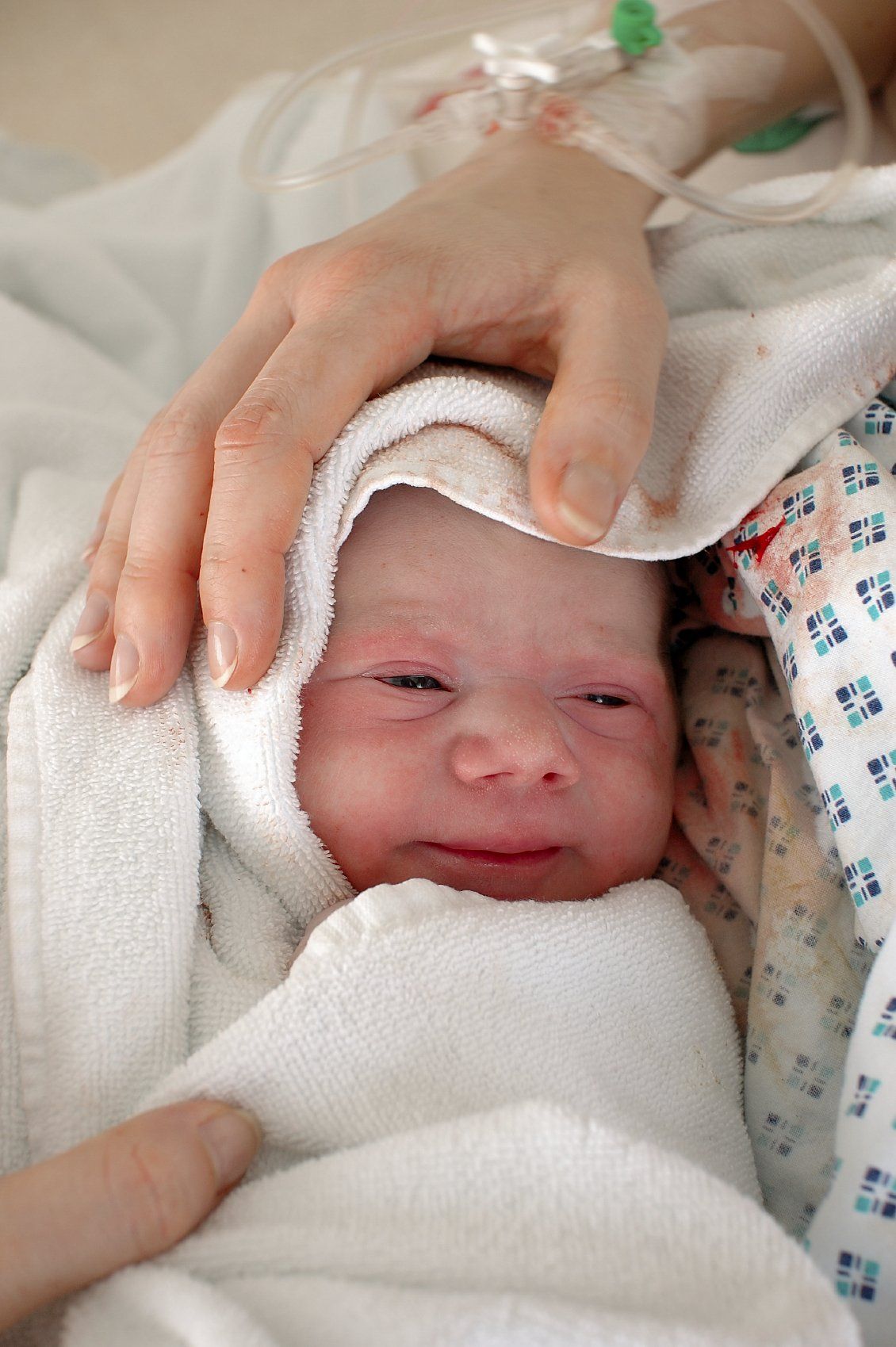Evaluation of excessive and inconsolable crying.
For moms and dads:
The four most basic types of crying that exist, according to Peter H. Wolff, professor of psychiatry at Harvard Medical School, are:
- Cry of hunger. The crying of hunger (or basic) is regular and rhythmic. At the beginning it is a short cry followed by a shorter pause in which an inspiration occurs. Afterwards, the cries and the inspirations alternate.
- Crying of anger. Although it resembles the crying of hunger, in this case they are more abrupt and intense because the amount of air expelled by the baby is greater.
- Crying attention or frustration. This, according to Wolff, begins after the first three weeks of life, a cry more limited than the previous ones since it is constituted by the appearance of two or three whining.
- Crying pain. It is a more sudden type of crying, which is not preceded by complaints, and in this, the baby holds his breath.
For healthcare professionals:
A baby who has excessive crying, legs shrunk over the stomach, or an arched back should be examined to see if he has colic of the infant, evaluating and recording the following conditions:
General health of the baby.
Antenatal and perinatal history.
Appearance and duration of crying.
Nature of bowel movements.
Nutritional evaluation.
Mother's diet during breastfeeding.
Family history of allergies.
Parental response to crying babies.
Source:
(Demott K, Blick D, Noman R, Ritchie G, Tumbuli N, Adams C, Barry C, Byrom S, Elliman D, Marchant S, Mccandish R, Mellows H, Neale C, Parkar M, Talt P, Taylor C (2006 ): Clinical guidelines and evidence review for post natal care: routine postnatal care of recently delivered women and their babies. London: National collaborating center for primary care and royal college of general pactitioners.)








